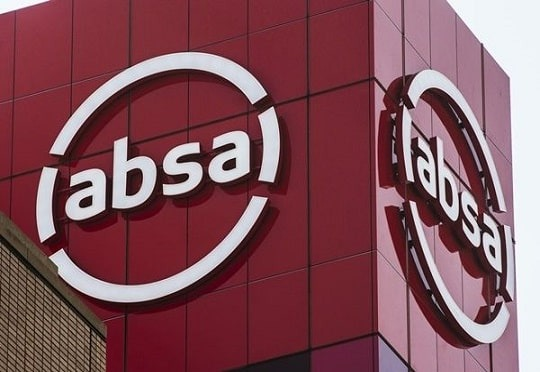Business
Absa and Standard Bank Cut Thousands of ATMs, Branches—But Say Better Banking Access Is Coming

Two of South Africa’s biggest financial institutions, Absa and Standard Bank, have closed thousands of ATMs and dozens of branches across the country in recent years—but they insist this doesn’t signal a retreat from everyday banking.
Since 2019, Standard Bank has cut 3,759 ATMs and 32 branches, while Absa has reduced its ATM footprint by 3,502 and shut down 74 branches. While this may raise concerns about access to banking—especially in rural or underserved areas—Absa says it’s actively working on solutions to serve more South Africans, especially those currently outside the formal banking system.
“We’re not walking away from traditional banking,” says Tshiwela Mhlantla, Absa’s managing director for integrated channels. “We’re creating new access points and blending human and digital services to reach more people.”
What’s Driving the Closures?
The widespread reduction in physical infrastructure comes as banks face rising operational costs, a shift toward mobile and online banking, and increasing pressure to reach unbanked populations cost-effectively.
Standard Bank’s latest report shows it still operates over 5,500 ATMs and nearly 1,200 branches as of the end of 2024. Absa, meanwhile, runs 558 branches and just over 5,100 ATMs nationwide.
Absa’s Multi-Layered Plan for Inclusion
Far from scaling back services, Absa is doubling down on inclusion—with a three-year strategy aimed at reaching South Africans who still rely on cash or lack digital banking access.
Key initiatives include:
-
Expanding branch coverage by 5% in unbanked and low-income areas
-
Using mobile and remote sales teams to reach areas with no infrastructure
-
Growing digital and embedded banking tools by 10–15%
-
Partnering with retailers like Pick n Pay and Boxer for cash withdrawals
One of Absa’s flagship innovations is its CashSend solution, which lets users send and receive money via cellphone without needing a bank card. There’s also ChatWallet, a tool that gives users greater control over their funds and reduces the need to withdraw everything at once—helpful in a country where many withdraw all their money immediately due to low trust in banks or lack of card acceptance in the informal economy.
Human Touch + Tech Innovation
Importantly, Absa isn’t going fully digital. Instead, it’s investing in a hybrid model: training staff to help customers confidently use ATMs and apps, improving ATM interfaces with more language options, and even offering services like UIF forms at ATM terminals.
To bridge accessibility gaps, the bank is also partnering with groups like the Deaf and Blind Association and offering educational tools like the Absa Credit Coach and Savings Coach within its app.
“Our goal is to make banking easy, affordable, and inclusive—whether you prefer using your phone, walking into a branch, or talking to a consultant,” said Mhlantla.
Why It Matters
For millions of South Africans, especially in remote or informal communities, access to financial services is still far from guaranteed. As banking evolves, the real challenge isn’t just cutting costs or embracing tech—it’s building systems that work for everyone.
And while the shrinking footprint of ATMs and branches might seem alarming, the bigger story is about how banks like Absa are reimagining access—not just reducing it.
{Source: My Broad Band}
Follow Joburg ETC on Facebook, Twitter , TikTok and Instagram
For more News in Johannesburg, visit joburgetc.com















